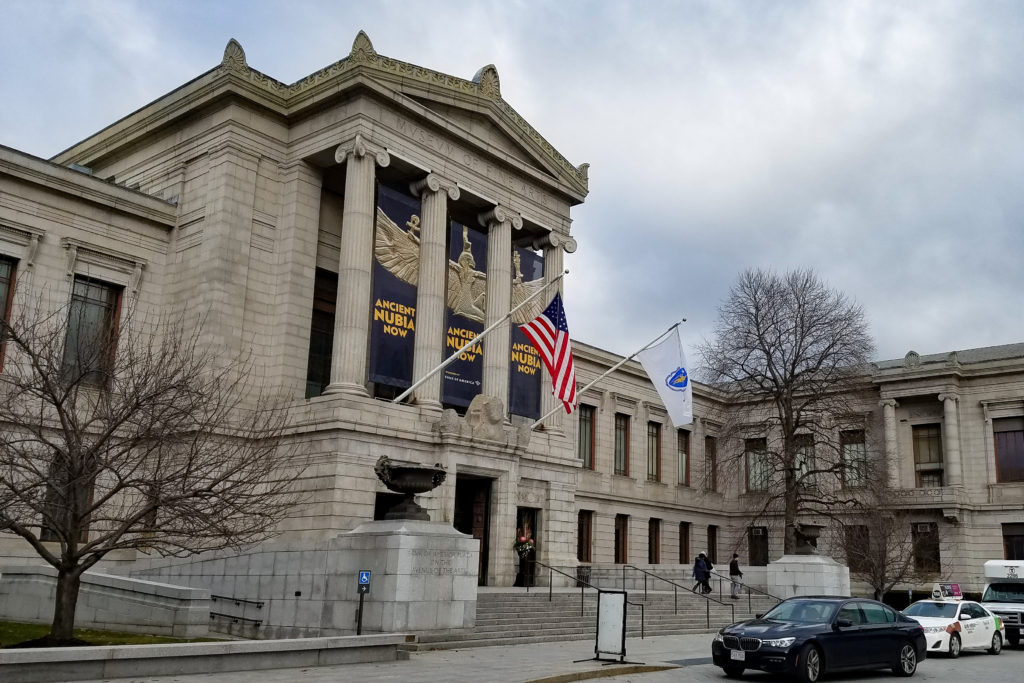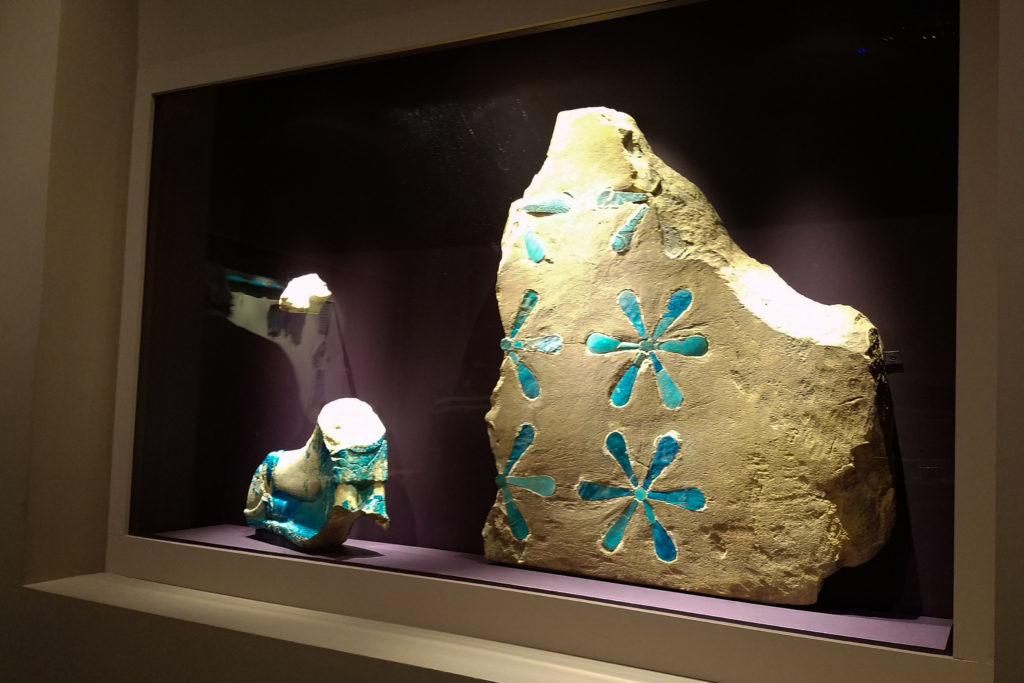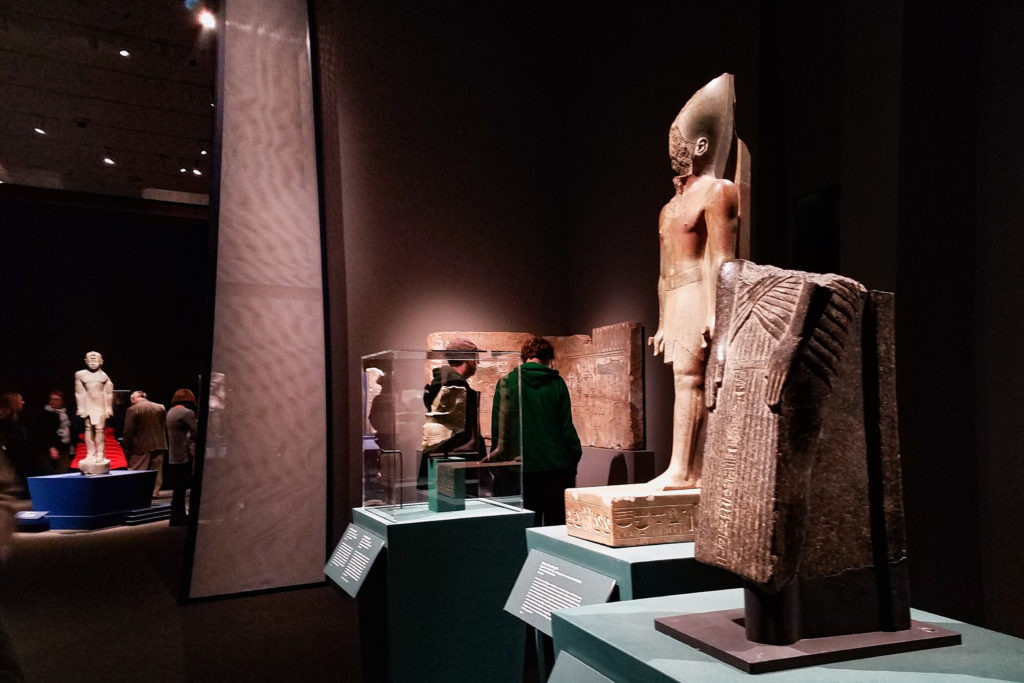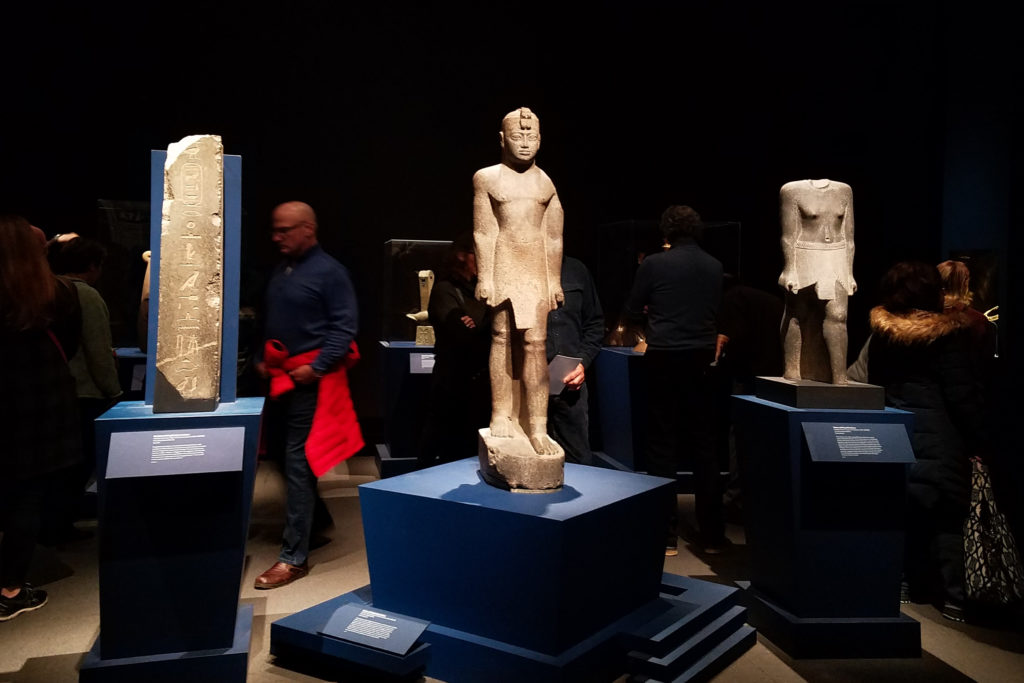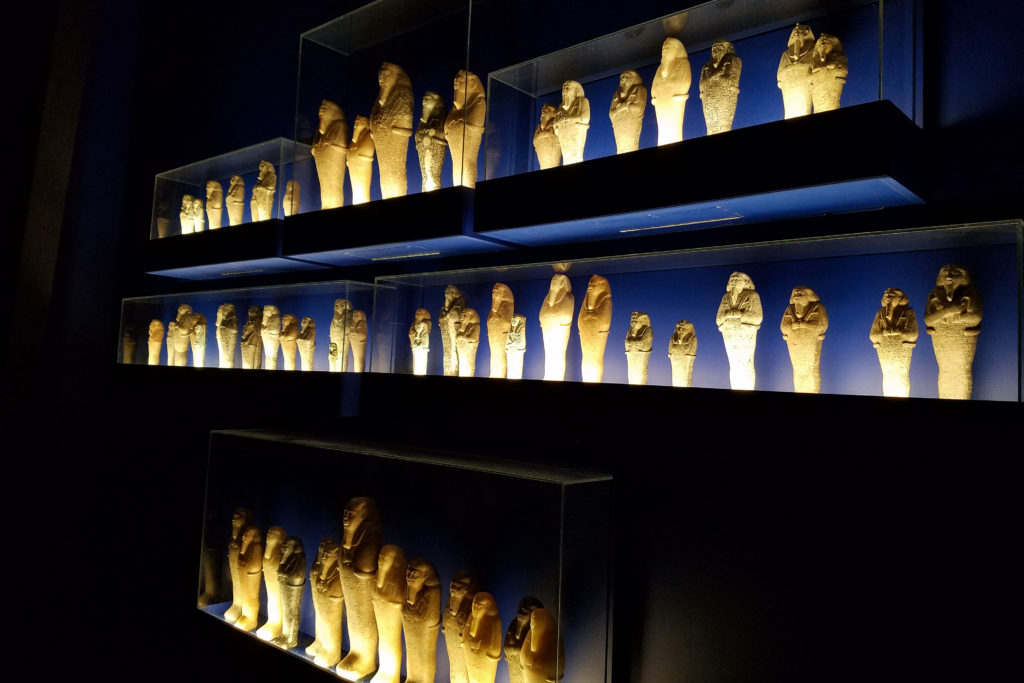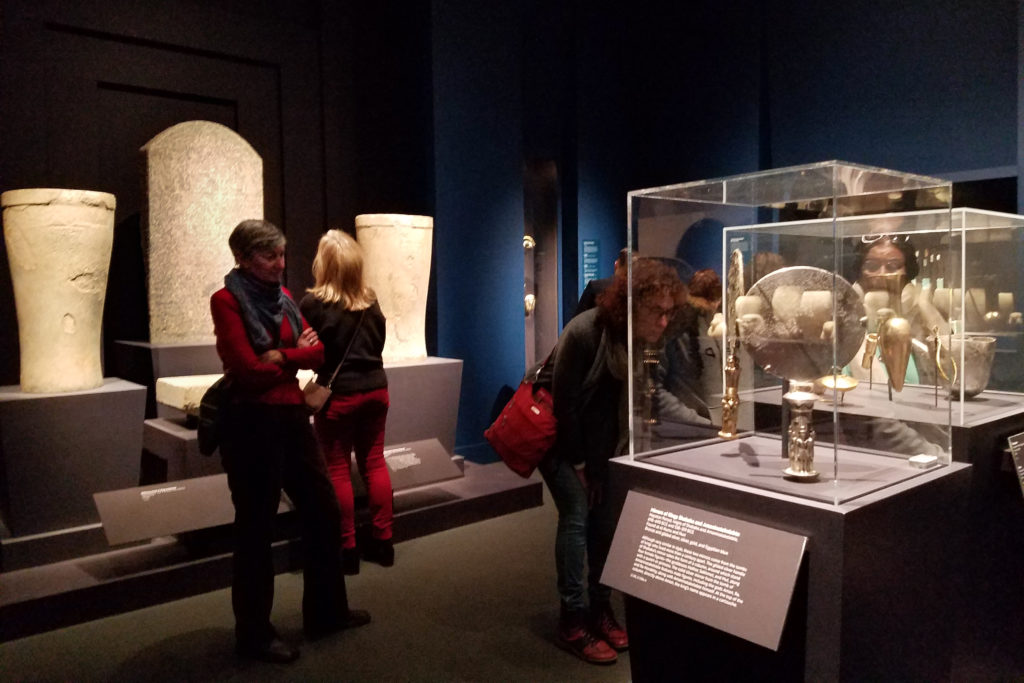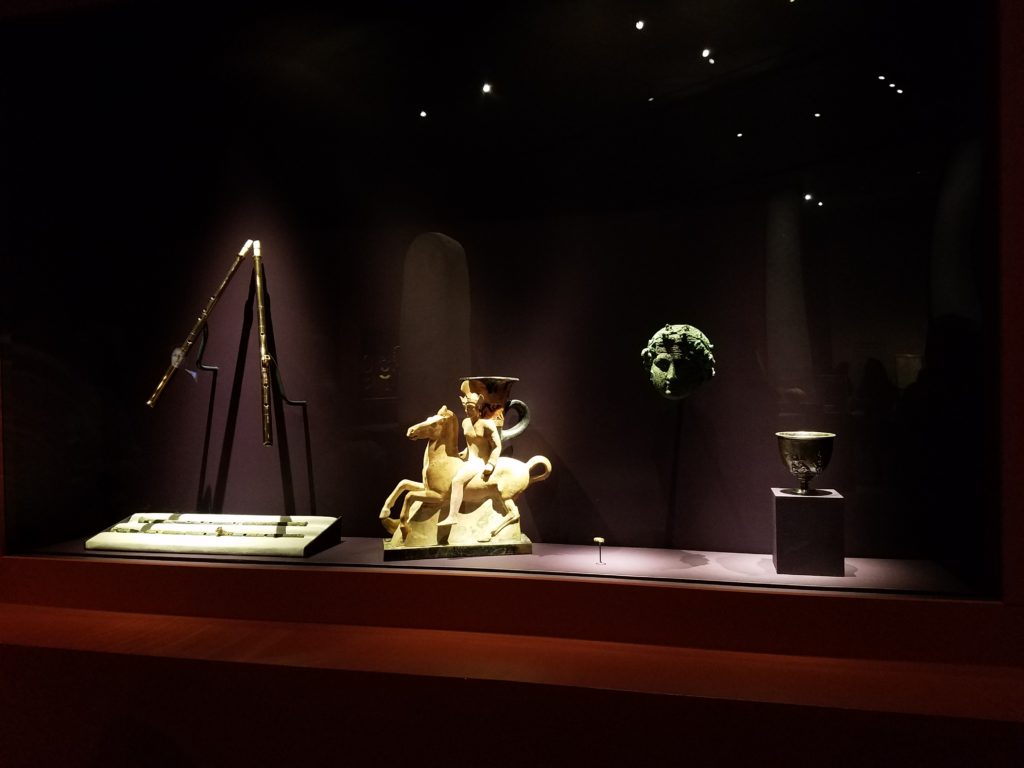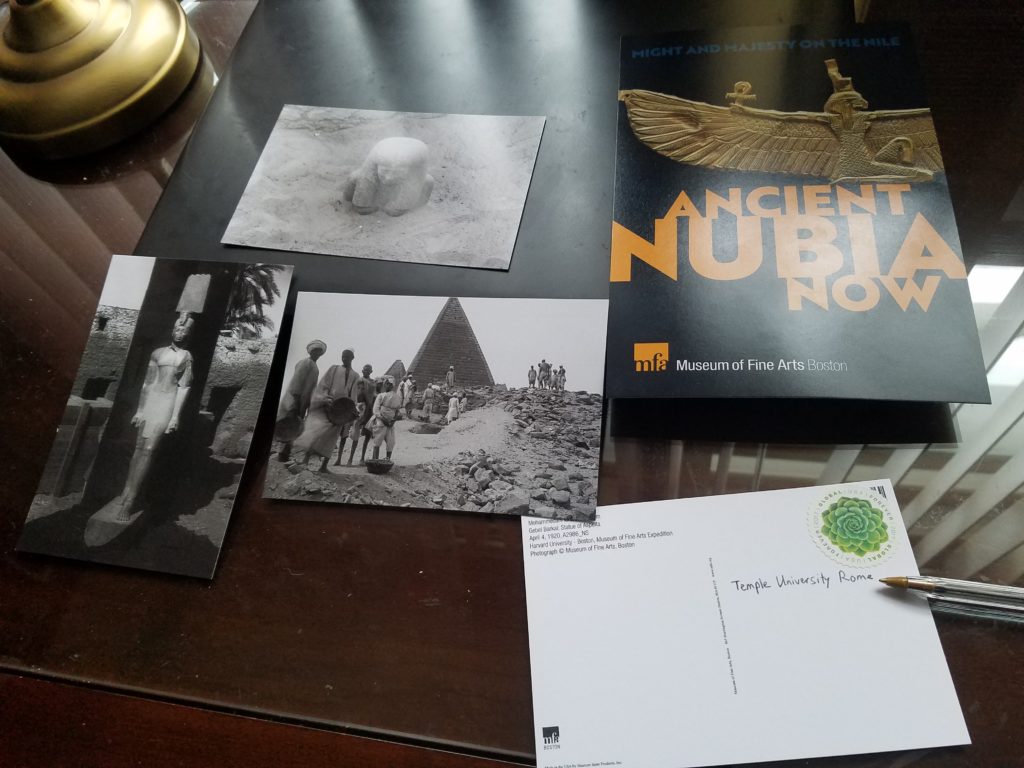January 21, 2020: exactly one month since I returned from Rome! Will time ever stop flying by like this?
Today was the first day of classes for the Spring 2020 semester. I’ve moved into my room at Holy Cross and am off to a new start!
Even though I am back the United States for the rest of my time in college, unpacking for this semester feels a bit like unpacking my suitcases in Rome. How odd it feels, to be unpacking without jetlag (or hearing Italian everywhere)! Despite the cold (it’s below freezing in Worcester, brrr!), this fresh moving-in experience does feel like move-in day last semester.
I think it’s because I’m starting a new adventure of sorts. I may not be new to Holy Cross (I first moved into the dorms in August 2017 – almost three years ago!), but I am starting a fresh journey with a brand-new perspective.
This is my first semester returning to campus with the knowledge I gained in Rome. I look forward to seeing how my experiences from my semester abroad will affect how I view my remaining semesters at Holy Cross.
One of the first people I saw after everyone was back on campus was my study abroad advisor. I was so happy to see him – it’s been seven months since I saw him in person! He was happy to see me as well, and he was even happier to see the souvenir I had bought for him: a Temple Rome luggage tag! I love starting my semesters with some cheer on campus. It makes me smile to see other people happy.
When I decorated my room yesterday, I made sure to include some of the many postcards I had collected in Italy. I also brought two sets of photographs I took in the fototessere (photo booths) at the Metro stations Rome. I found a set of pictures from September 20 and another from December 20: exactly 3 months between the two photo shoots! How I’ve changed: I have a better sense of fashion!
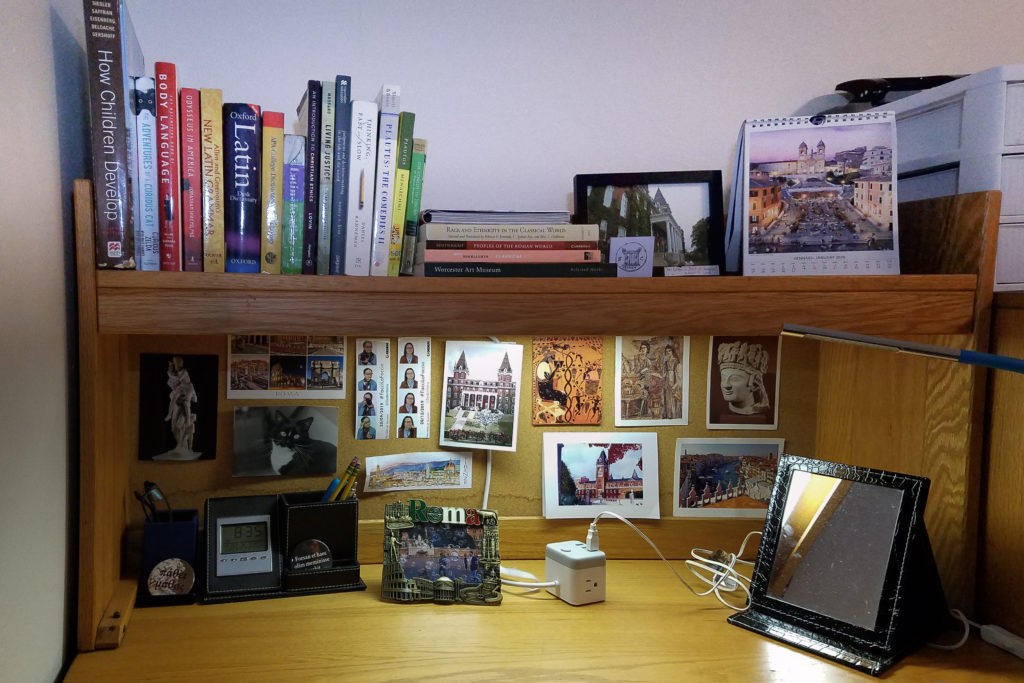
This is my 30th (and final) post on this blog. It was a true pleasure to be a study abroad blogger during my semester abroad in Rome. Thank you for joining me on this adventure.
I admit that there were some days where I had initially planned to update my blog, but ran out of energy at the end of the day. But even on the most exhausting days, I still find the motivation to share my experiences because of the kind feedback I get from you, whether in person or online.
I’m glad I could answer your questions on my Q&A – I had no idea how many questions I was going to get, and you really delivered!
I hope you enjoyed reading my blog as I have adding to it! I thought of myself as more of a photographer than a writer before I applied to be a study abroad blogger, and the months of maintaining this page has made me more confident in my work. In addition to the countless extrinsic joys I’ve derived from my adventures abroad, I have also gained a more intrinsic sense of self-esteem through my experiences.
Arrivederci, tutti! Adesso, torno all’università per continuare le mie avventure.
Goodbye, everyone! Now, I return to college to continue my adventures.
Sincerely,
Hui Li
College of the Holy Cross – Class of 2021
Temple University Rome – Fall 2019


